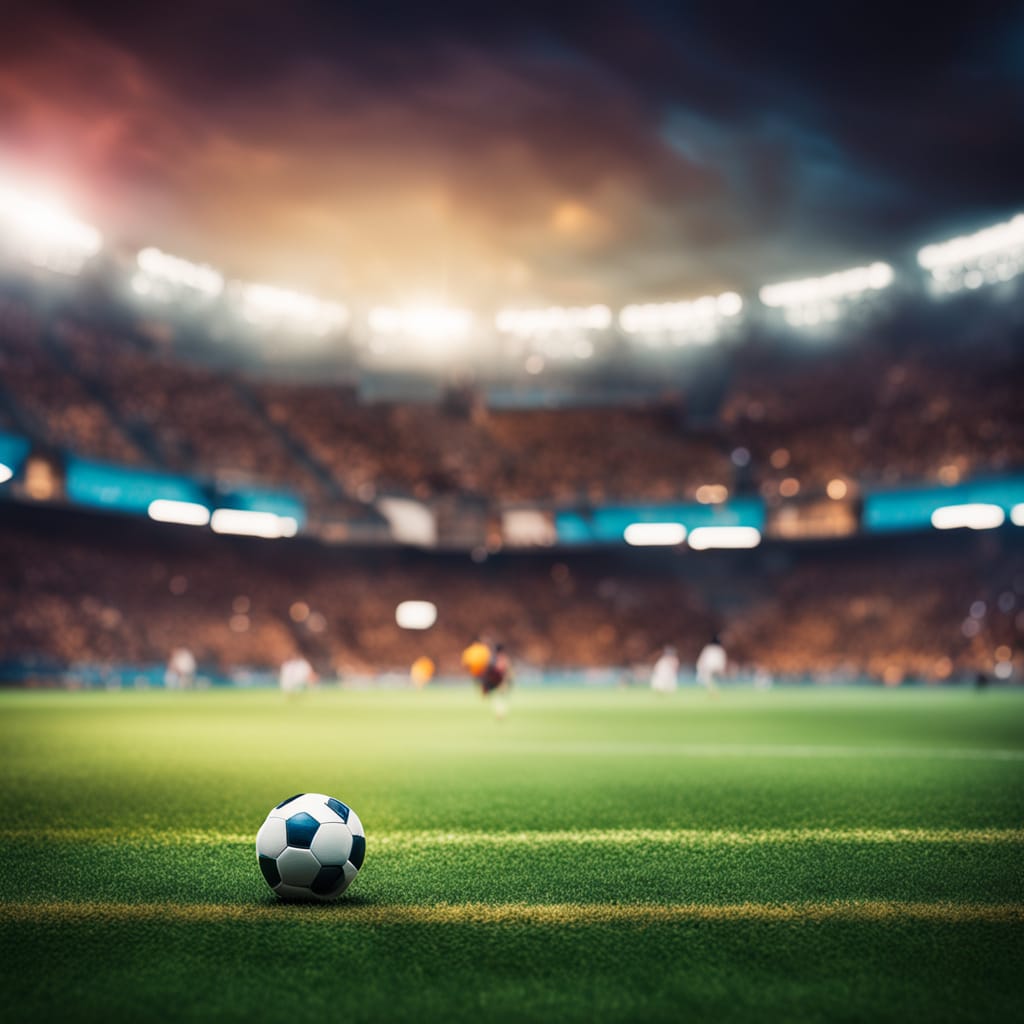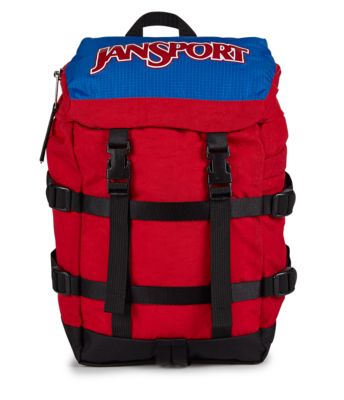Artificial Turf
Artificial Turf: A Comprehensive Look at Its History, Popularity, and Future

It has revolutionized sports fields across the globe. In the past, natural grass was the only option available for outdoor sports, but today, it is a popular alternative. The demand for it has grown rapidly, and it can now be found in sports stadiums, schools, parks, and even residential lawns. This blog will explore the origins of artificial turf, how its popularity has spread worldwide, the differences between artificial turf and natural grass, and the pros and cons of each. We will also examine how advancements in technology, including athletic shoe design, may make it safer in the future.
The Origin and History
It was first developed in the 1960s. Its creation stemmed from a need to have a durable playing surface that could withstand heavy usage without requiring the level of maintenance that natural grass demands. The invention of artificial turf is credited to the Ford Foundation’s project called “ChemGrass,” which was a joint effort with Monsanto Company, a chemical giant.
The first major public appearance of artificial turf was at the Houston Astrodome in 1966. Dubbed “AstroTurf” after the stadium, this synthetic surface gained instant popularity. The need for it at the Astrodome arose when the stadium’s natural grass failed to thrive due to lack of sunlight. The success of it at the Astrodome sparked a wave of interest in its use for other sports fields across the United States.
During the 1970s and 1980s, it continued to grow in popularity. It became widely adopted for sports like baseball, football, and soccer. Its low maintenance and durability made it an appealing option for stadiums that hosted numerous events. While early versions of it were rough and often caused injuries, technological advancements have made modern turf softer and more player-friendly.
Global Popularity and Usage
It has become widely used worldwide, particularly in regions where maintaining natural grass is challenging. In the United States, it is popular in high schools, universities, and professional sports stadiums. It is commonly found in football, soccer, and baseball fields. Additionally, many indoor arenas use artificial turf to simulate the feel of natural grass.
Europe has also embraced it, especially in countries with colder climates where grass struggles to survive year-round. Several soccer clubs in Northern Europe, such as those in Norway and Sweden, have opted for artificial turf to ensure consistent playing conditions regardless of weather. In countries like the United Kingdom and Germany, it is used in public parks, schools, and residential properties.
In Asia, it is prevalent in countries like Japan and China, where urbanization has reduced green spaces. It provides a practical solution for creating recreational areas in densely populated cities. Similarly, the Middle East has seen an increase in artificial turf usage due to its ability to withstand extreme heat and arid conditions.
Countries with extreme weather conditions, such as Canada and Russia, also rely on artificial turf. In regions where snow and cold temperatures make it difficult for natural grass to survive, it ensures that sports can be played year-round.
Differences Between Artificial Turf and Natural Grass Sports Fields
The most notable difference between artificial turf and natural grass is the material. Natural grass is a living organism that requires sunlight, water, and nutrients to grow. It also needs regular maintenance such as mowing, watering, fertilizing, and pest control. On the other hand, artificial turf is made from synthetic fibers designed to mimic the appearance and feel of natural grass.
One of the primary distinctions between the two is the texture. Natural grass provides a soft, cushioned playing surface, which players often find more forgiving on their joints. In contrast, artificial turf tends to have a firmer feel, although modern versions are designed to reduce impact and be gentler on the body.
Drainage is another area where it differs. Natural grass fields can become muddy and unplayable after heavy rain, leading to postponed games and costly maintenance. Artificial turf fields are designed with advanced drainage systems that allow water to pass through quickly, minimizing the chances of waterlogged fields.
Durability is another factor to consider. Natural grass, even with proper care, tends to wear down over time, especially in areas of heavy foot traffic like the middle of a soccer field. Artificial turf, however, can withstand constant use without needing to be replaced as frequently.
Pros and Cons of Artificial Turf vs. Natural Grass
Artificial turf and natural grass each have their own benefits and drawbacks, and the choice between them depends on a variety of factors such as location, usage, and personal preference.
Pros of Artificial Turf
- Low Maintenance: It requires significantly less upkeep compared to natural grass. There is no need for mowing, watering, or fertilizing, making it cost-effective in the long run.
- Durability: It is designed to withstand heavy usage without showing signs of wear and tear. This makes it an ideal choice for multi-purpose fields used for sports, concerts, and other events.
- Weather Resistance: Unlike natural grass, which can become muddy and unplayable after rain, it remains usable in all weather conditions due to its excellent drainage system.
- Environmental Benefits: While artificial turf is made from synthetic materials, it does not require pesticides, herbicides, or fertilizers, reducing the environmental impact of harmful chemicals.
Cons of Artificial Turf
- Heat Retention: It can become extremely hot, especially during the summer months. The synthetic fibers absorb heat from the sun, making the surface uncomfortable for athletes.
- Injury Risk: Some players have reported an increased risk of injuries, such as sprains and turf burns, when playing on it. However, advancements in turf technology have helped reduce these concerns.
- Initial Cost: While it saves money in the long term, the initial installation cost is higher compared to laying natural grass.
Pros of Natural Grass
- Natural Feel: Many athletes prefer the feel of natural grass underfoot. It provides a softer, more forgiving surface that reduces the risk of joint and muscle injuries.
- Cooling Effect: Unlike artificial turf, natural grass does not absorb heat, keeping the field cooler during hot weather.
- Aesthetics: A well-maintained natural grass field is visually appealing and can enhance the overall experience of a sports venue.
Cons of Natural Grass
- Maintenance Costs: Natural grass requires regular maintenance, including mowing, watering, and applying chemicals. These costs can add up over time, especially for large stadiums or public parks.
- Weather Dependency: Natural grass is susceptible to weather conditions. Heavy rain can turn a field into a muddy mess, while droughts can cause the grass to wither.
- Wear and Tear: High-traffic areas of natural grass fields often show wear and tear, requiring frequent repairs or reseeding.
Technological Advancements and the Future of Artificial Turf
As it becomes more prevalent, researchers are constantly looking for ways to improve its safety and performance. One key area of focus is the interaction between artificial turf and athletic footwear.
Modern athletic shoes are now designed with specific turf-related considerations. These advancements aim to improve traction, reduce the risk of slipping, and provide cushioning that helps prevent injuries. Shoes with better grip and shock absorption can minimize the impact of playing on artificial turf surfaces.
In addition, there are ongoing efforts to create artificial turf that mimics the cooling properties of natural grass. Some companies are experimenting with materials that reflect heat rather than absorb it, making the surface cooler to the touch. This would address one of the biggest concerns associated with artificial turf: heat retention.
Another area of technological advancement involves the fibers used in artificial turf. Research is being done to make fibers softer and more flexible, reducing the risk of skin abrasions and other injuries. Additionally, infill materials are being developed to provide a more natural cushioning effect, similar to that of soil under natural grass.
Recycling and sustainability are also becoming important considerations in the artificial turf industry. Manufacturers are working on creating turf systems that are easier to recycle, reducing the environmental impact of replacing worn-out fields.
Conclusion
It has transformed the way we think about sports fields. Its durability, low maintenance, and ability to withstand various weather conditions have made it a popular choice worldwide. However, there are still concerns about its safety and environmental impact, which researchers are addressing through technological advancements. By improving athletic footwear, cooling properties, and the overall structure of artificial turf, the future looks promising for creating safer and more sustainable playing surfaces. As it continues to evolve, its role in sports and recreation will likely grow, providing a reliable alternative to natural grass for years to come.






